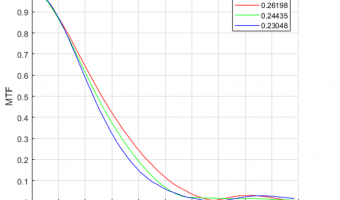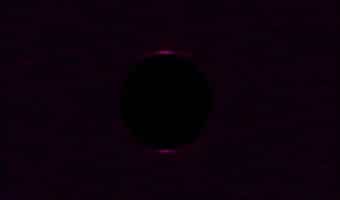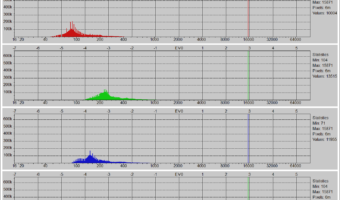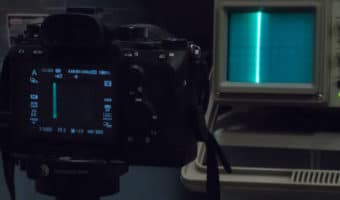Since this post about the Sony a7III PDAF striping, I haven’t written anything on this blog about the issue. That’s not because I haven’t been on the case. I’ve been working understanding what’s going on all this time. But, because the effect is so variable, hard to quantify, and varies with what seems like everything… [Read More]
Sony a9 has an AA filter
Last week, I wrote this post with some surprising news: the Sony a9 has no antialiasing (AA) filter. I was flabbergasted. Turns out, I was wrong. The a9 has a perfectly normal two-way (4-stop) AA filter. So there’s no real news here. Everybody thought the a9 had an AA filter before I shot off my… [Read More]
a7III, a7RIII, a7II, a7SII, a9 PDAF striping
Rishi Sanyal of DPR made some test exposures of a centrally-positioned circular light source with several cameras: the Sony a7III, a7RIII, a7II, a7SII, and a9. In all cases, he used a Sony 85/1.8 wide open. The exposure was set to expose the light source sufficiently far so as to generate a lot of flare. I put… [Read More]
PDAF striping on the Sony a9
Inspired by all the discussion of a7III PDAF striping, I took a look at the a9 this morning. Godox Flashpoint XPLOR 600PRO TTL aimed at the camera a9 with Batis 135/2.8, wide open Mechanical shutter at 1/125 Godox R2 Pro trigger Flash set to 1/128 power, which is as low as it goes. ISO 100… [Read More]
Sony a9 LCD lag
Yesterday, I did a test of the lag of the lag of the LCD panel on the back of the Sony a7RII. Today, I’ll do the same thing for the Sony a9, and add some notes about the EVFs on the two cameras. Here’s a picture that pretty much says it all: This is… [Read More]
- « Previous Page
- 1
- 2
- 3
- 4
- …
- 7
- Next Page »



